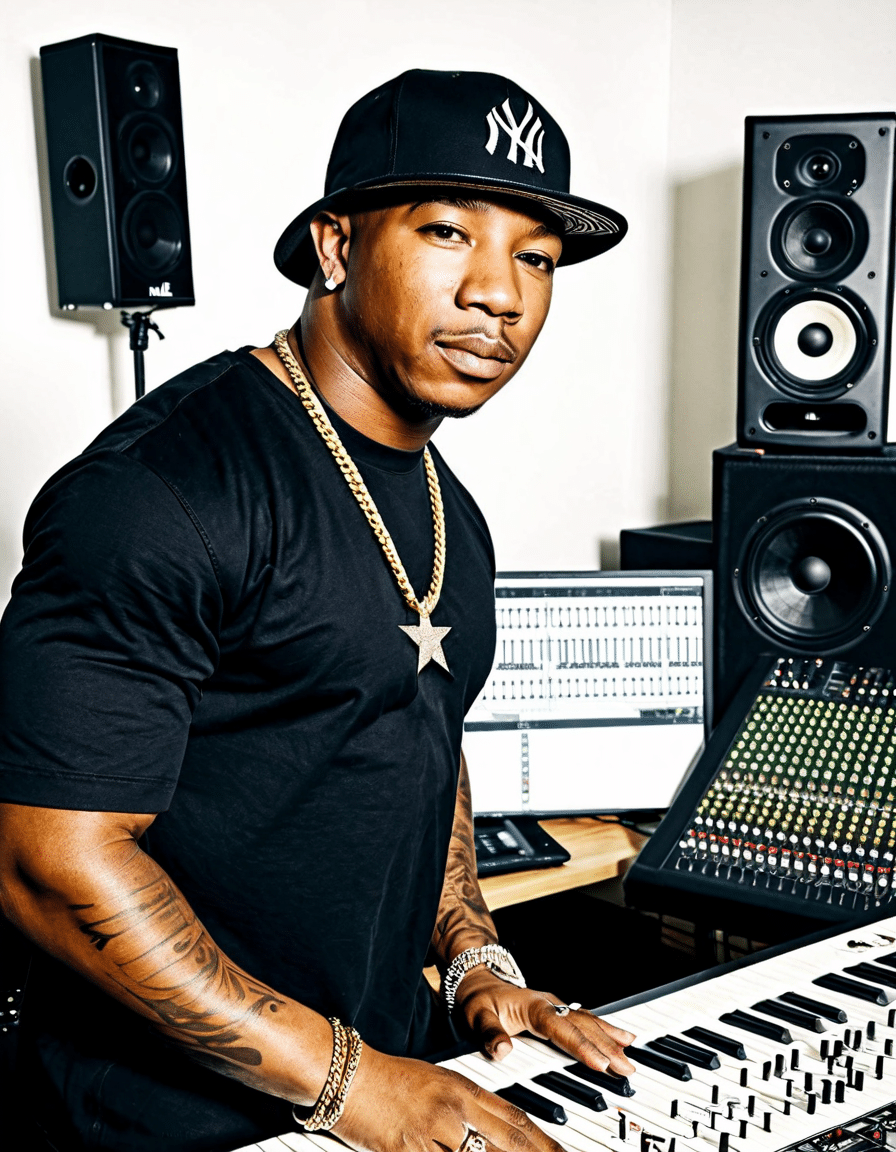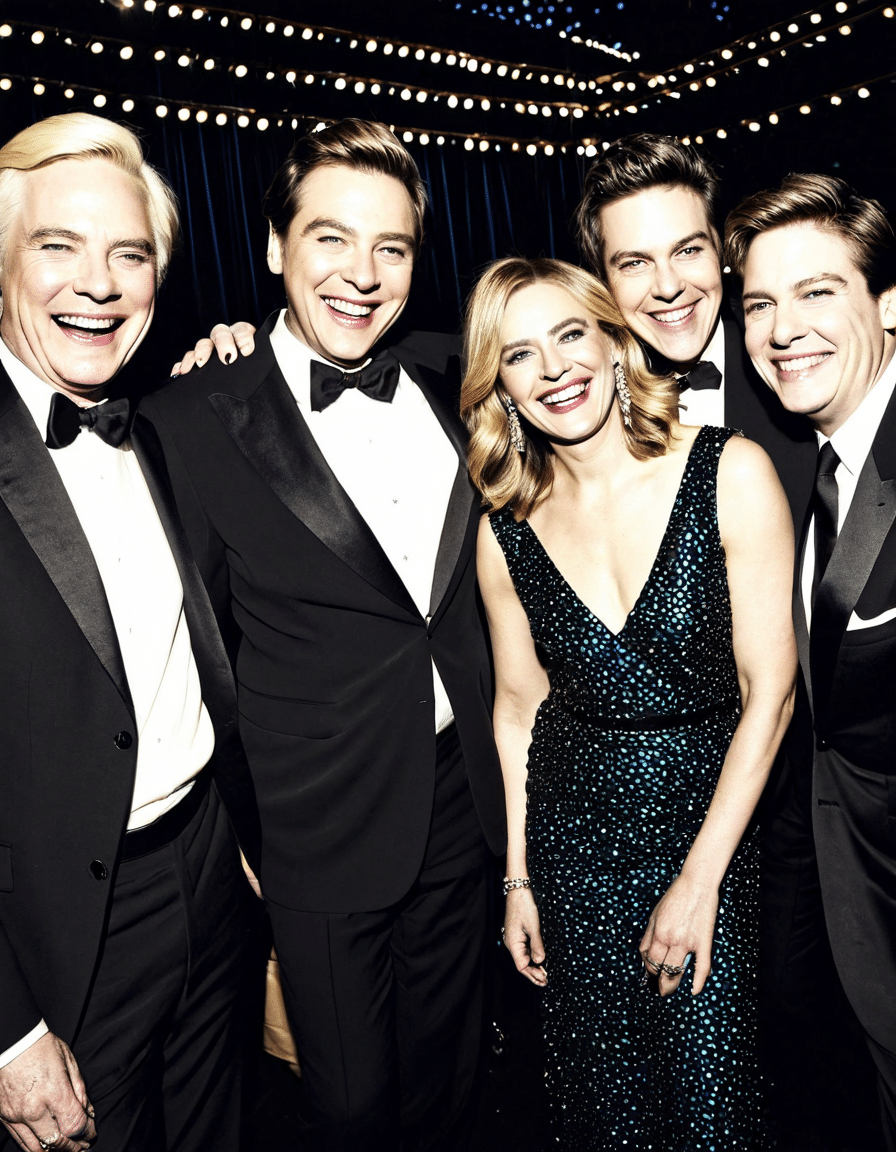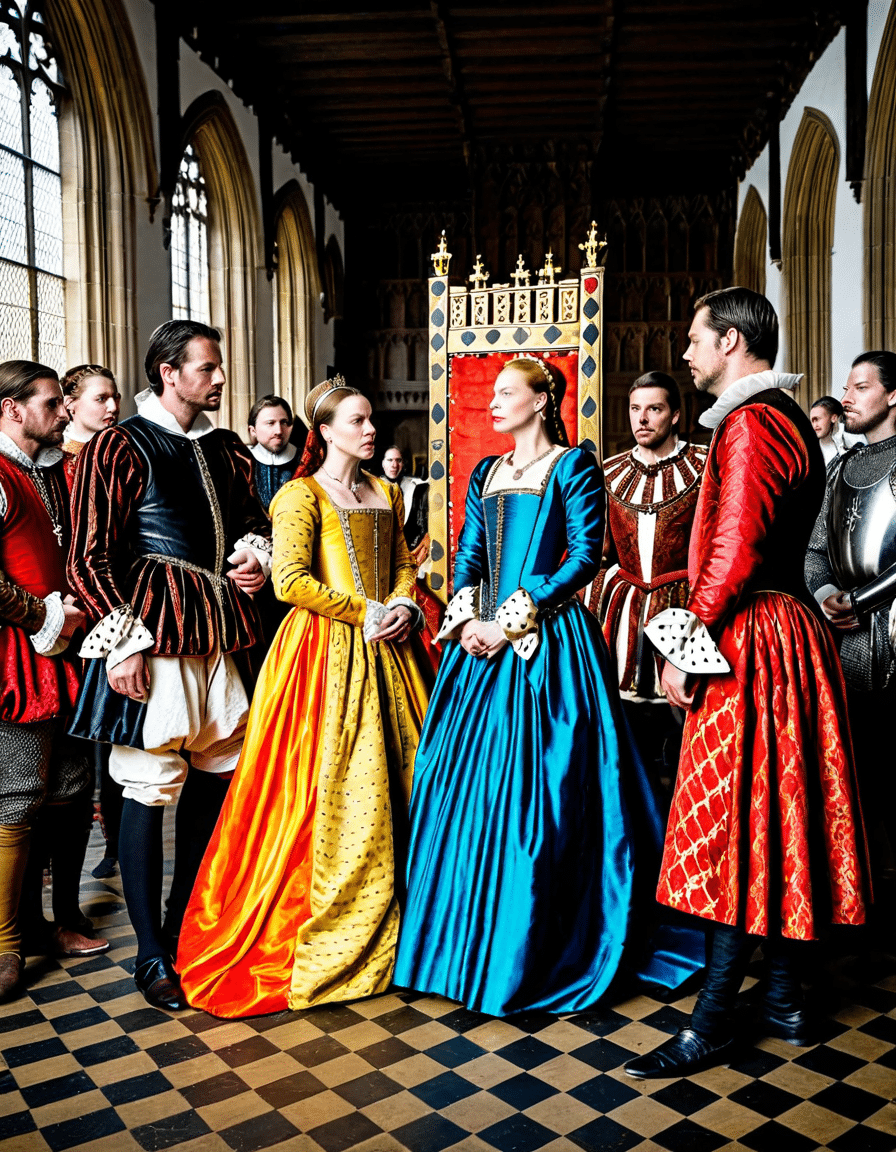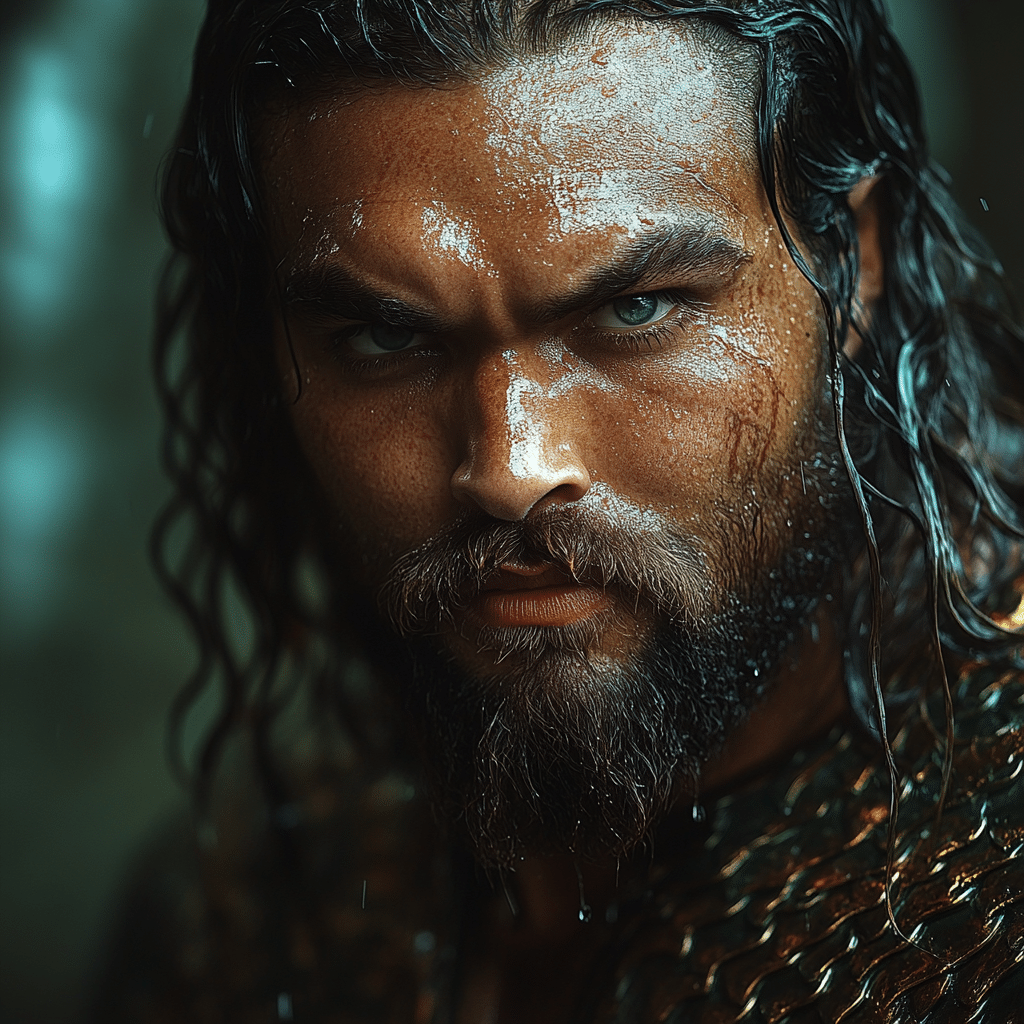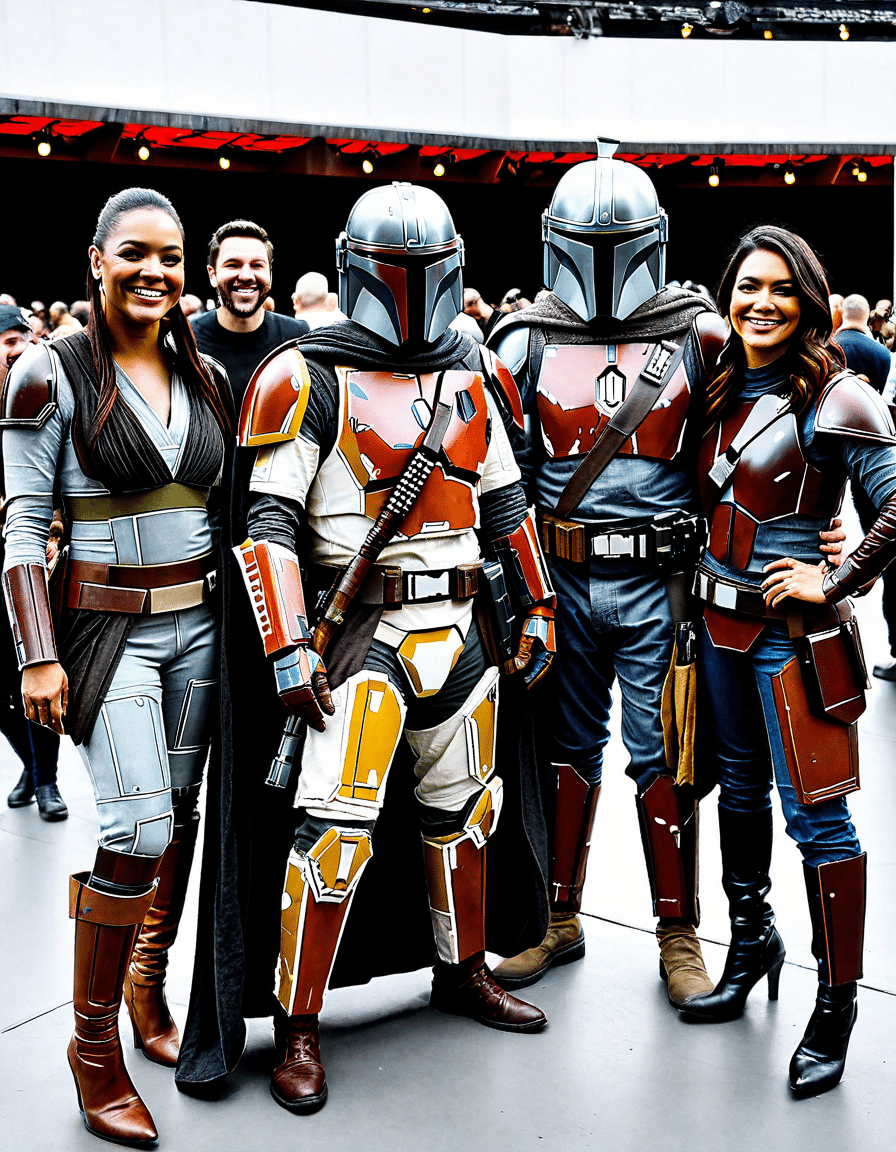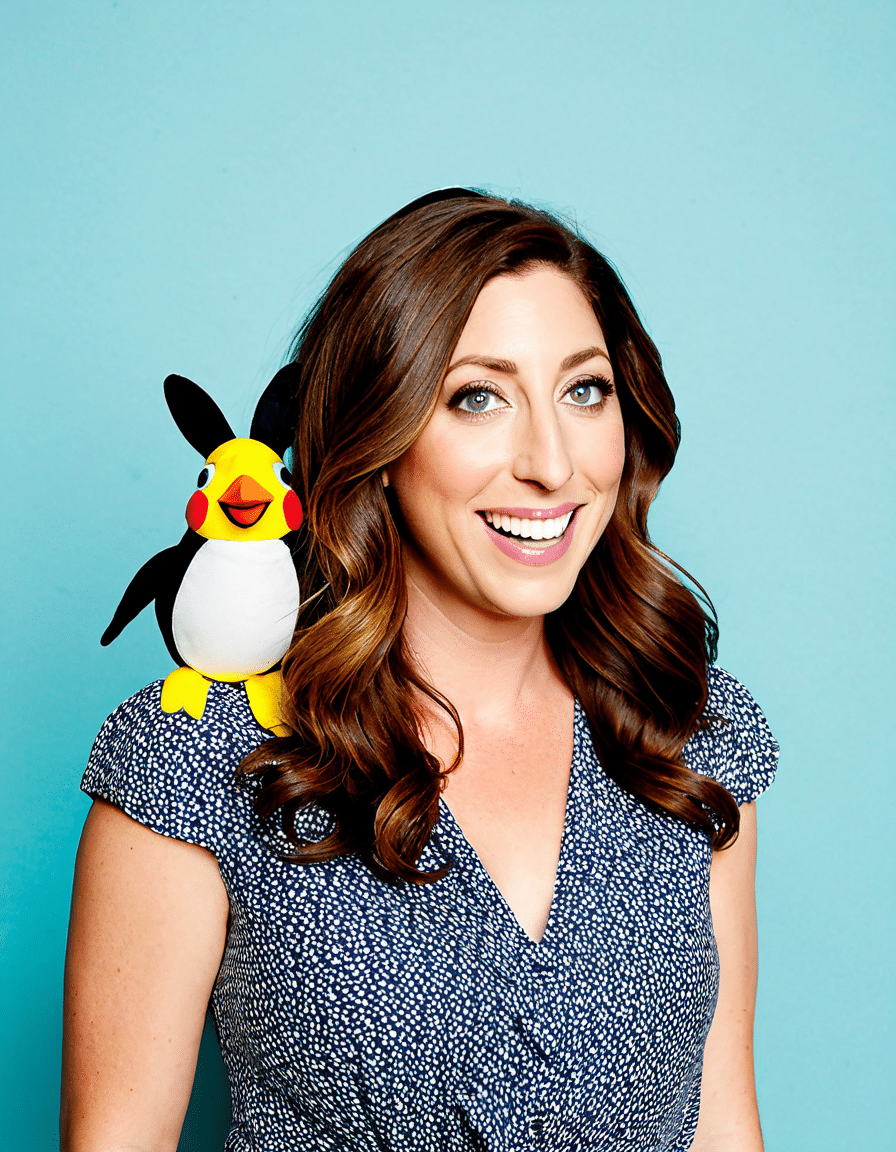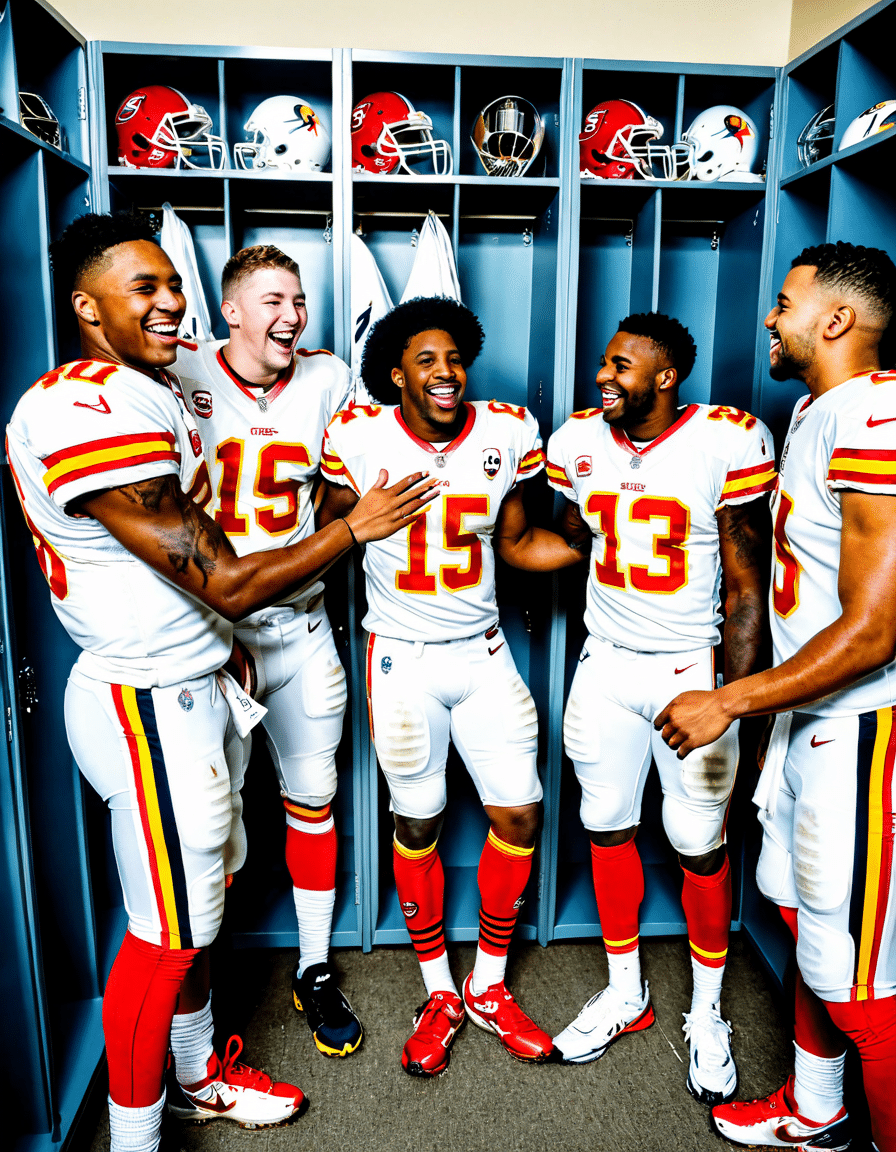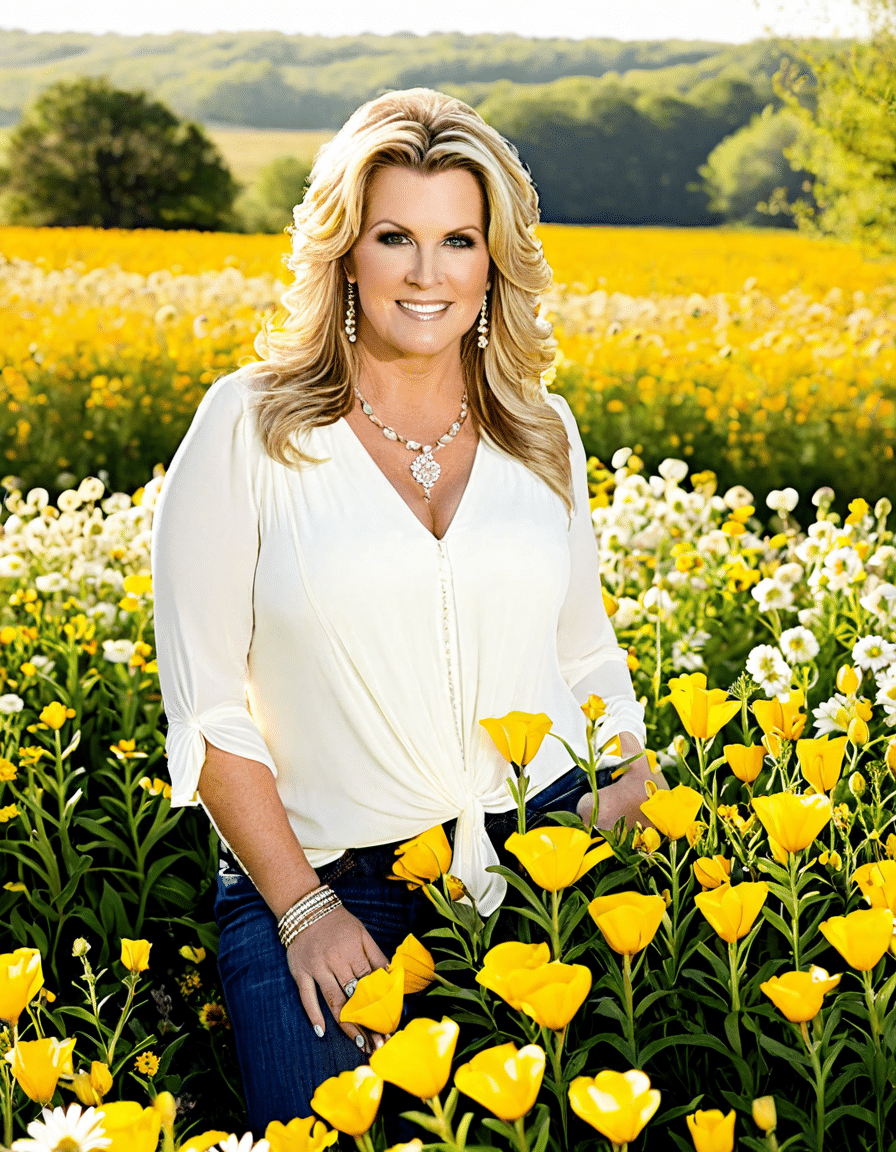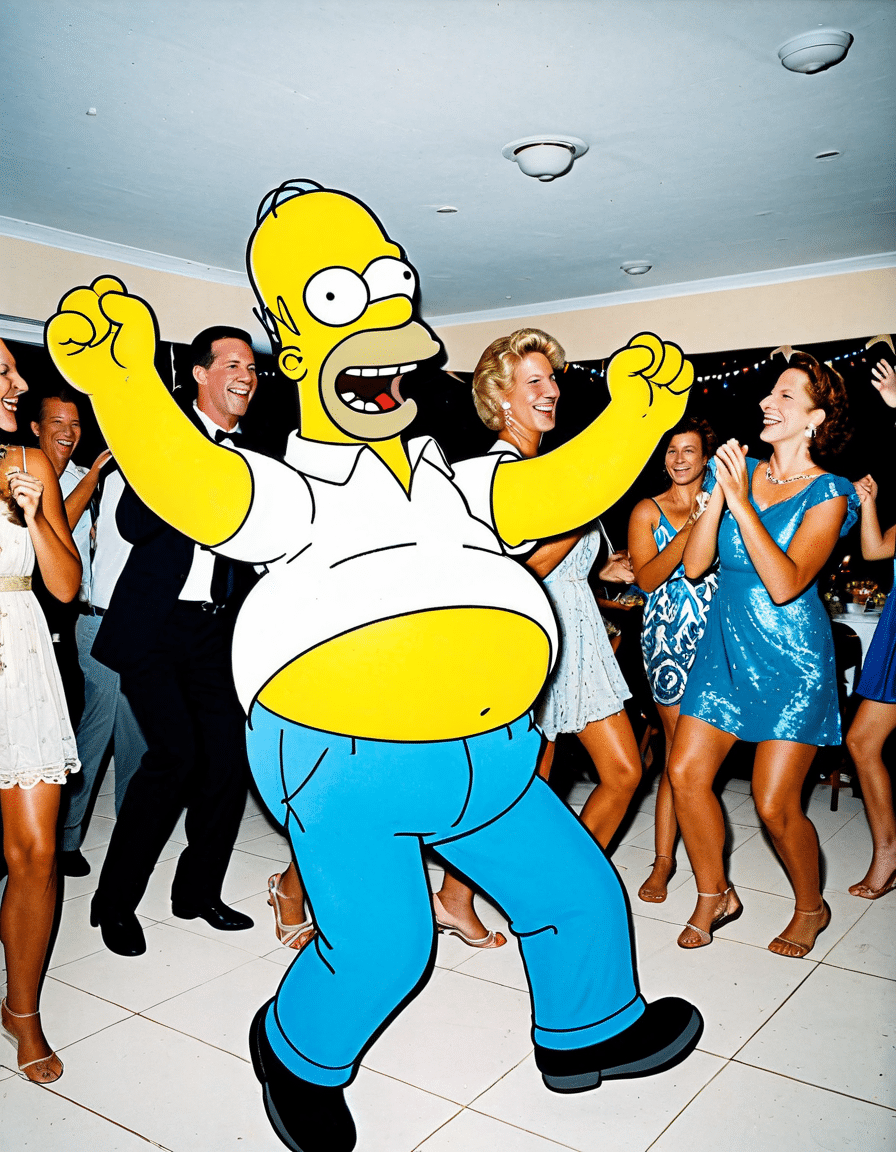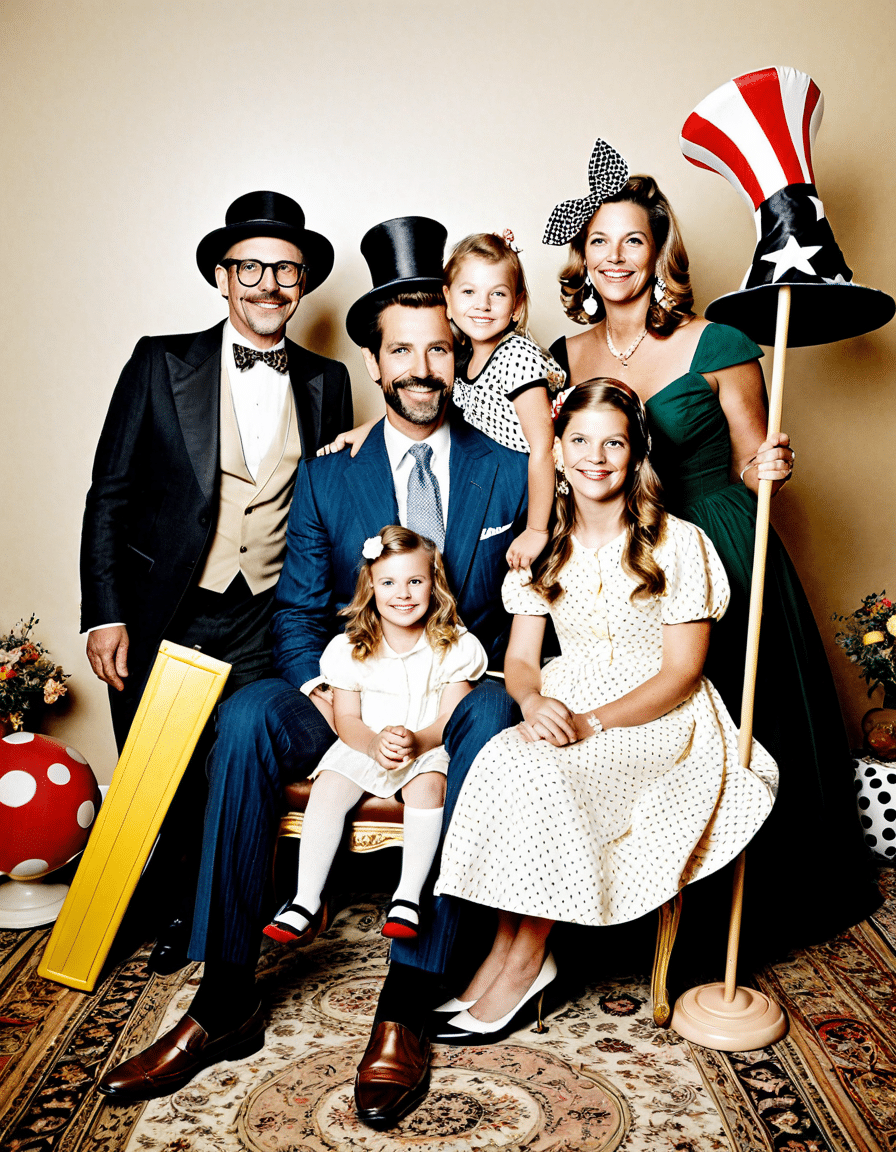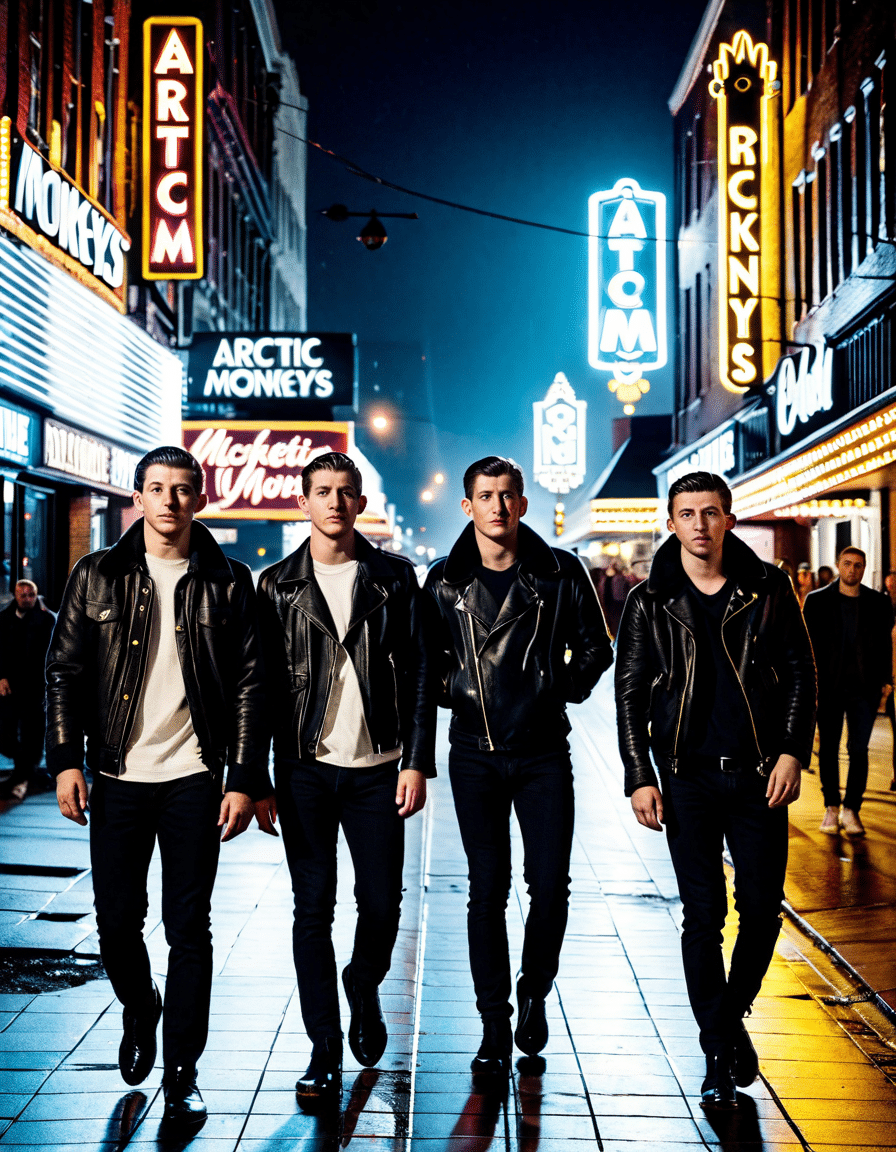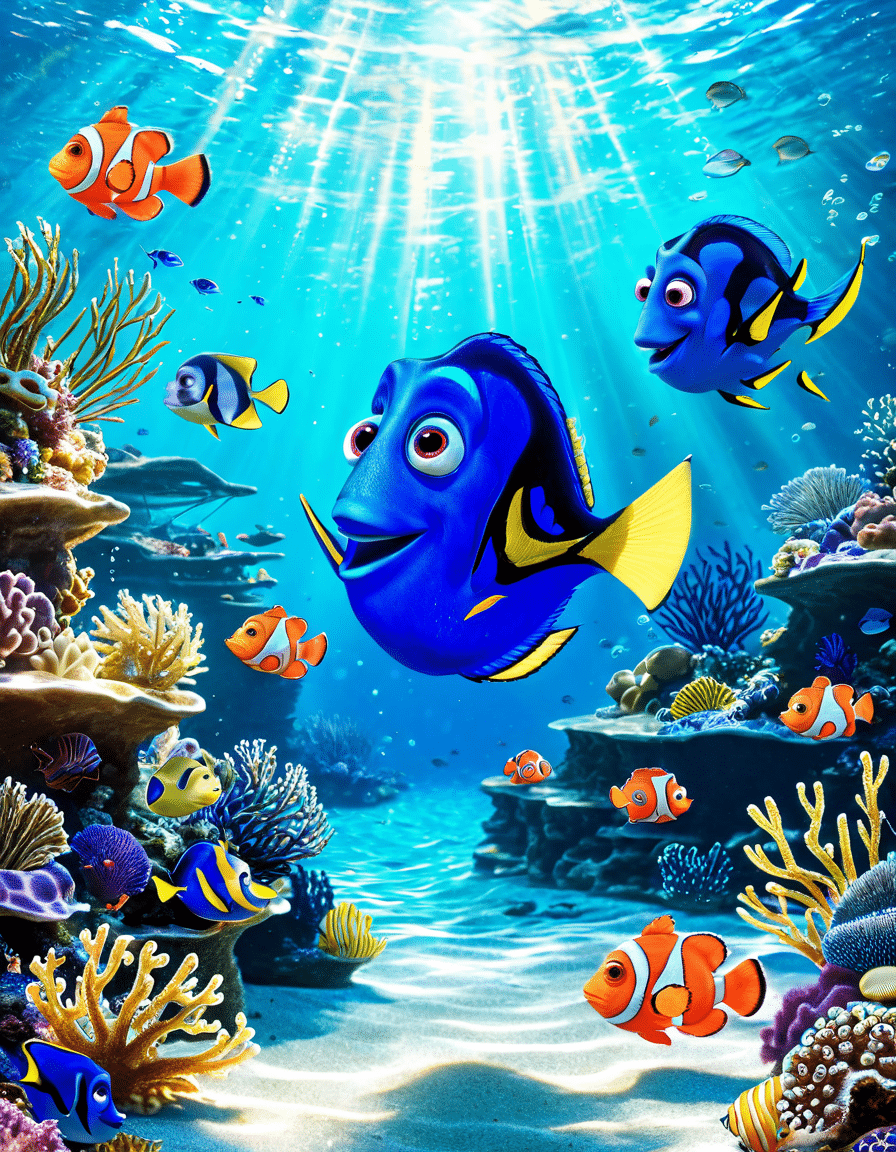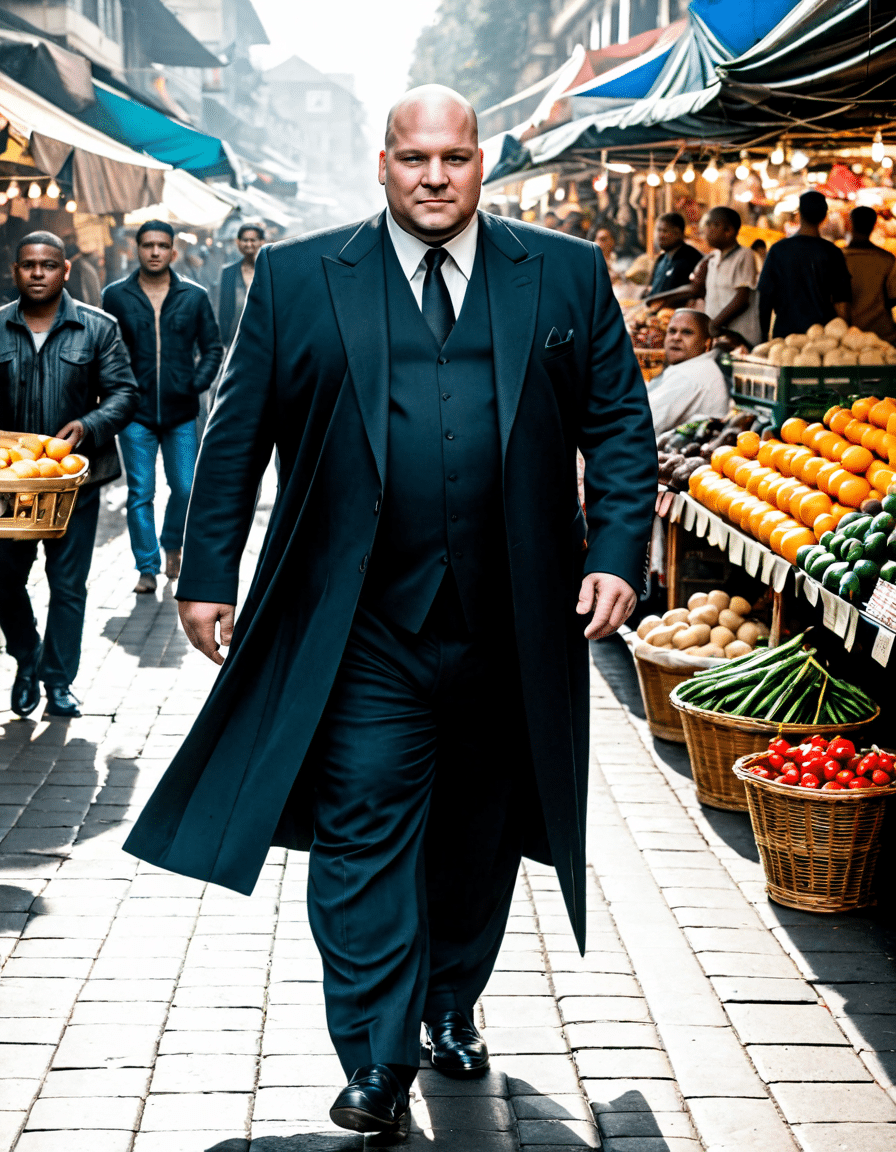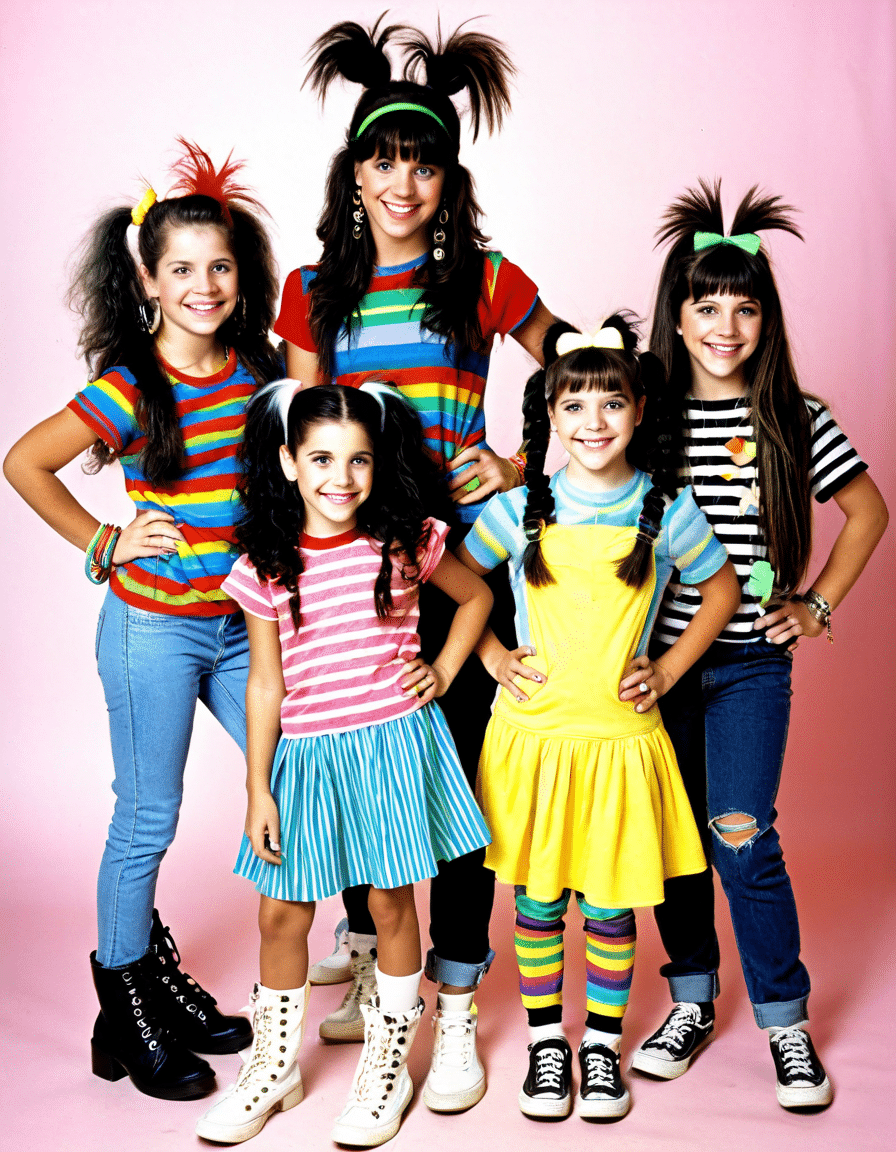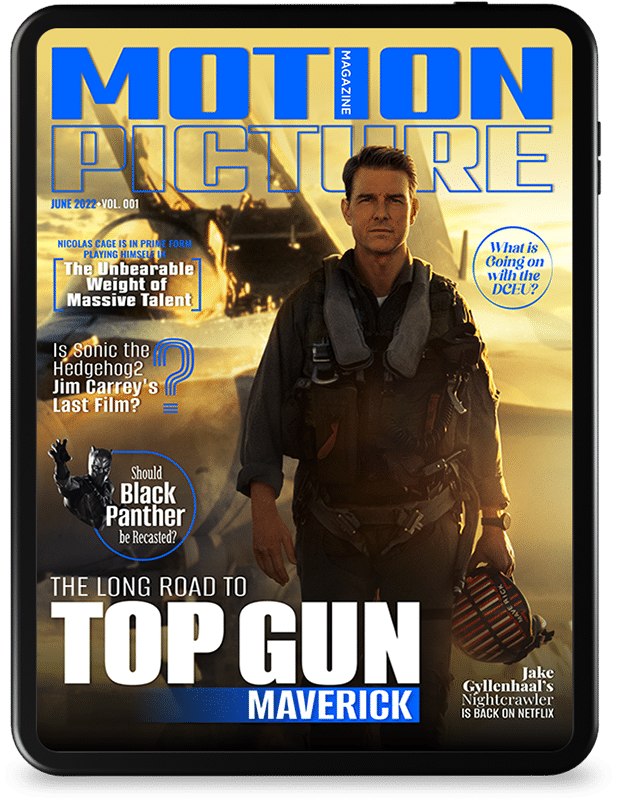When you think of an anchorman, the first image that springs to mind might be a suave individual in a sharp suit, delivering breaking news draped in dramatic lighting. The truth is, the role of the anchorman has shifted significantly over the years. Gone are the days of monotone broadcasts; today’s anchormen are vibrant, engaging figures who blend information with entertainment, much like Ron Burgundy in Anchorman. Let’s dive into the world of television news and explore how these larger-than-life characters have influenced our media landscape.
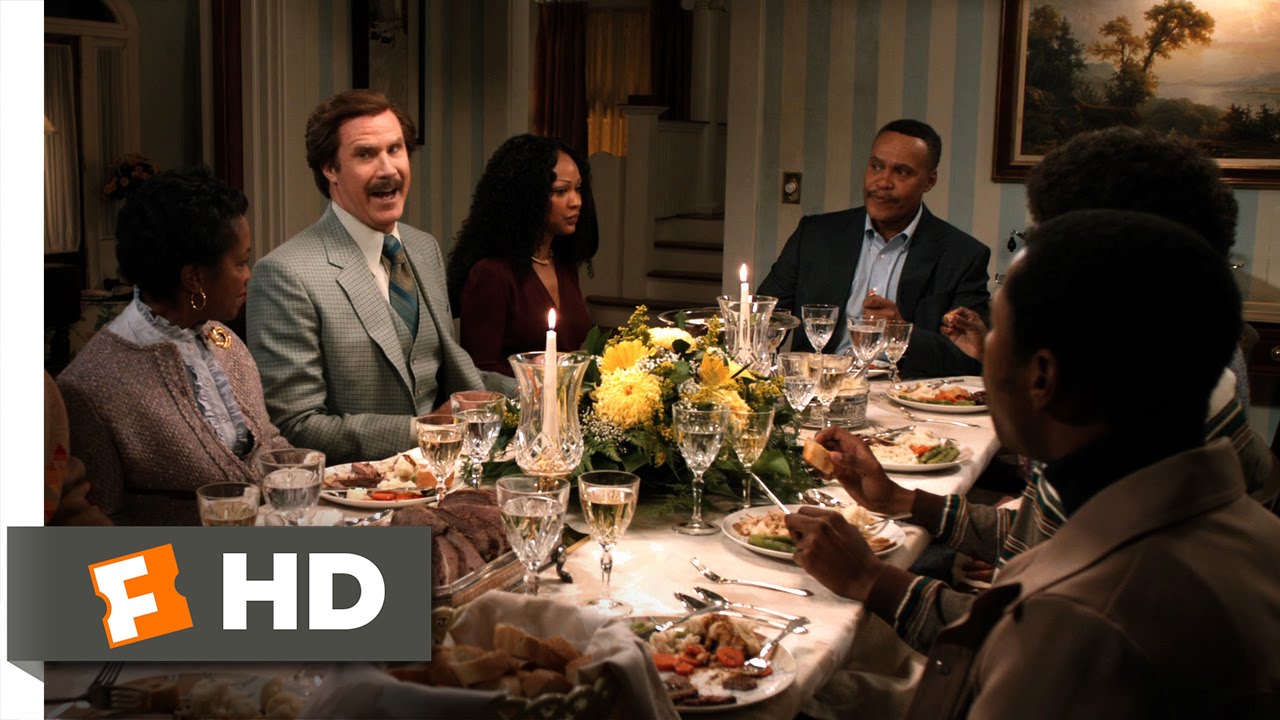
The Archetype of the Modern Anchorman: A Blend of Fiction and Reality
In the past, anchormen were often seen as stoic figures, delivering news with an air of seriousness. Fast forward to today, and we find that the anchorman’s image now combines charisma, entertainment, and sometimes, a sprinkle of absurdity. Just look at how figures like Anderson Cooper and Rachel Maddow have become not just sources of news but also personalities viewers seek out for connection. They demonstrate a fine line between being informative and relatable, showcasing how the evolving viewing habits of audiences demand a new touch.
These modern anchors know they must resonate with viewers on an emotional level. They hold up a mirror to society, addressing pressing issues while ensuring their delivery is relatable and human. No longer just voices in a box, they’re integral to the conversation, shaping perceptions and often influencing public discourse. It’s a tightrope act, striking a balance between professionalism and accessibility, and it’s one that today’s anchormen tackle with aplomb.
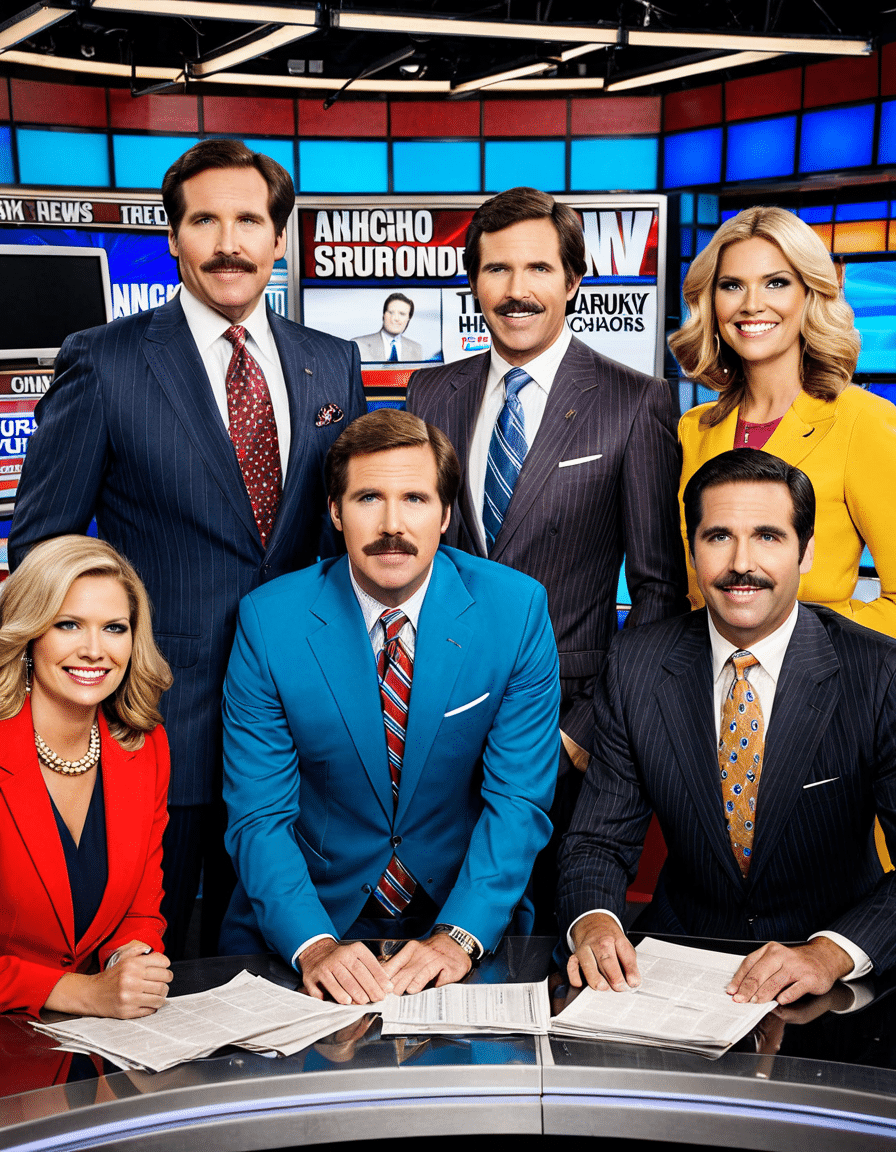
Top 5 Anchormen Who Shaped Television News from the 2000s to 2026
To truly appreciate the modern anchorman, let’s take a look back at five pivotal figures who laid the groundwork for today’s broadcast anchors. These anchormen not only shaped television news but also left an indelible mark on the way news is perceived.
1. Jon Stewart – Redefining News Satire
Jon Stewart took the reins of The Daily Show and, boy, did he shake things up! He essentially blurred the lines between comedy and reporting. By addressing intricate political issues through humor, he inspired a generation of anchors and journalists to lighten the delivery of serious news. Who could forget the laughs mixed with eye-opening commentary? Stewart showed us that you can make a point without droning on and on.
2. Brian Williams – The Blueprints of Resilience
Brian Williams, once a household name as the anchor of NBC Nightly News, faced a significant professional storm. His career took a nosedive due to ethical lapses, testing his resilience in ways most can only imagine. But his comeback serves as a powerful reminder that the anchorman role isn’t just about reporting but also about bouncing back from failure. His journey highlights the intricate nature of trust in journalism—the thin line these professionals walk daily.
3. Anderson Cooper – The Compassionate Journalist
Anderson Cooper is more than just an anchorman; he’s a human emotion wrapped in a snazzy blazer. His coverage during disasters, particularly on Anderson Cooper 360, showcases his ability to empathize with people while delivering hard-hitting news. Cooper’s style is an essential example of blending personal engagement with journalistic integrity, proving that emotions can coexist with factual reporting.
4. Gwen Ifill – Breaking Barriers
Gwen Ifill was a trailblazer, paving the way for women in broadcast journalism. Her work, especially on PBS’s NewsHour, wasn’t just impeccable; it provided a platform for diverse voices often overlooked in mainstream media. Ifill’s commitment to highlighting marginalized communities reshaped the anchorman role, setting a standard that still resonates today.
5. Rachel Maddow – The Analytical Voice
Rachel Maddow transformed the anchorman role through in-depth analysis and substantive storytelling. Her show, The Rachel Maddow Show, encourages critical thinking about politics, spotlighting the importance of data-driven discussion. In an era of sensationalism, Maddow’s approach has not only gained a loyal following but has elevated the expectations of viewers seeking intelligent discourse.
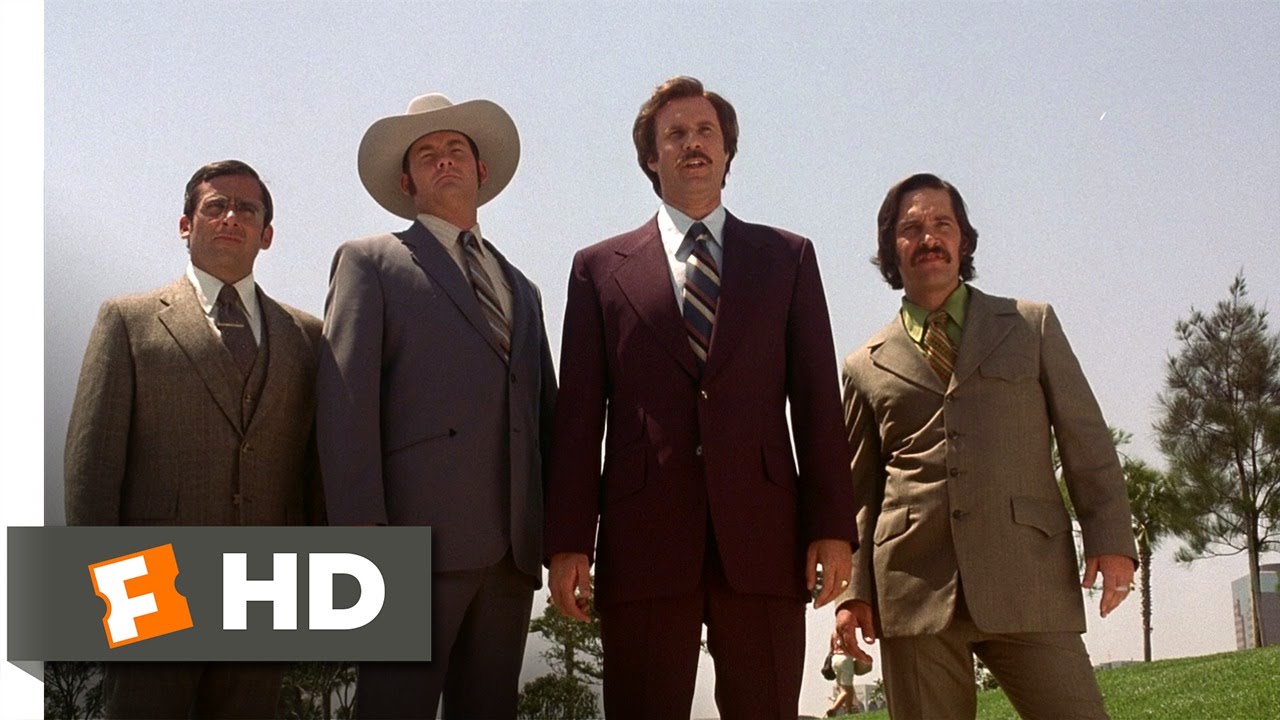
The Anchorman’s Evolution: From Traditional News to Multimedia Platforms
The digital age has revolutionized what it means to be an anchorman. They’re not just sitting behind a desk anymore; they’re out on social media, engaging with their audience on multiple platforms. Just take Lester Holt, whose Twitter and Instagram presence allows him to share snippets of his reporting while forging a personal connection with viewers. It’s a refreshing approach that makes news feel more accessible.
Moreover, streaming services have taken news to new heights. With on-demand content becoming the norm, news outlets are crafting programming that resonates with younger audiences tired of the traditional news cycle. No more waiting for the evening news to catch up with current events; it’s all about immediate access to the stories that matter. This adaptability is essential for anchormen in today’s fast-paced media landscape.
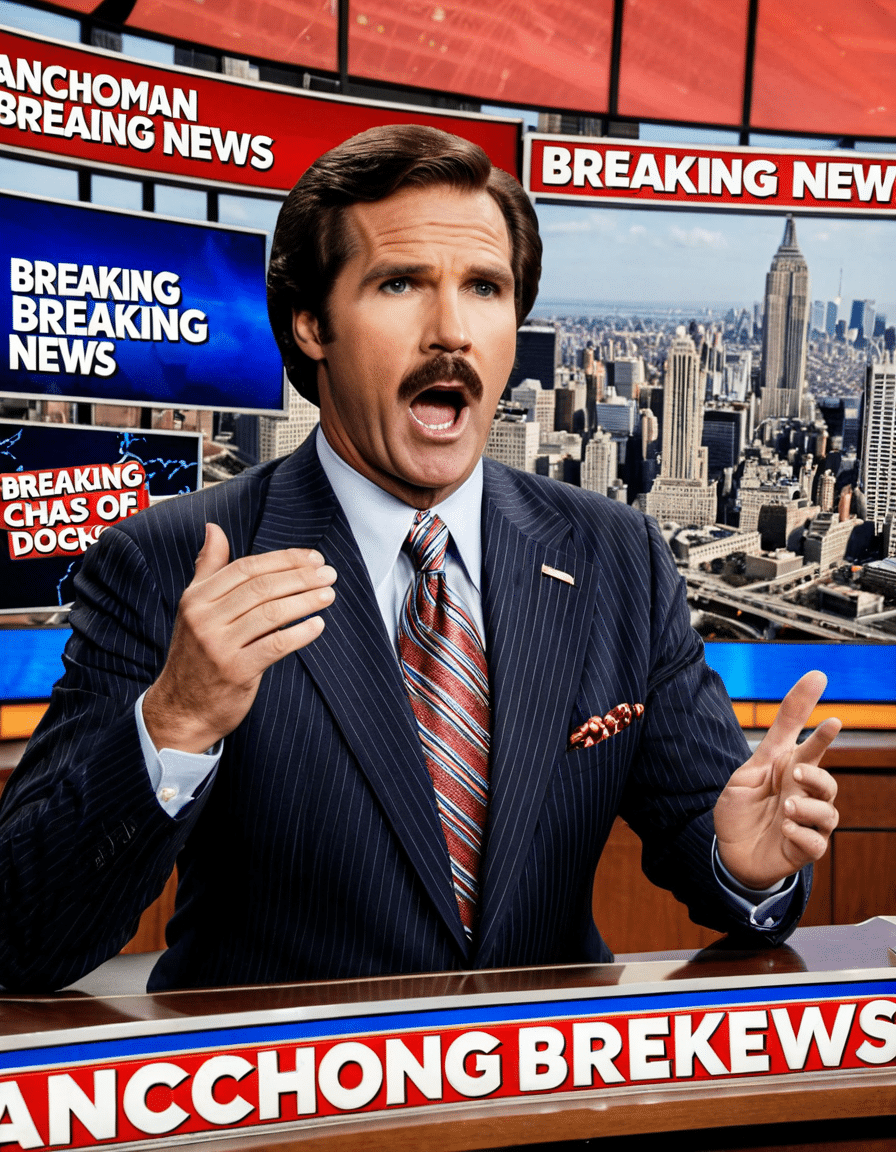
Cultural Iconography: Anchormen in Popular Cinema and TV
The reach of television news culture doesn’t stop at the anchors. Take movies like Knocked Up, where journalistic portrayals often serve as comedic backdrops. These films provide a humorous lens to view the professional conduct of anchors, poking fun at the dramatics of modern journalism. Then there’s Person of Interest, a series that intertwines journalism with thrilling narratives, raising ethical questions about what it means to report the truth in a technologically advanced world.
These portrayals play a crucial role in shaping public perception. They elevate the expectations surrounding real-life anchors, intertwining myth with reality. It’s fascinating how cinema and television can construct a narrative that sometimes blurs the line of credible journalism.
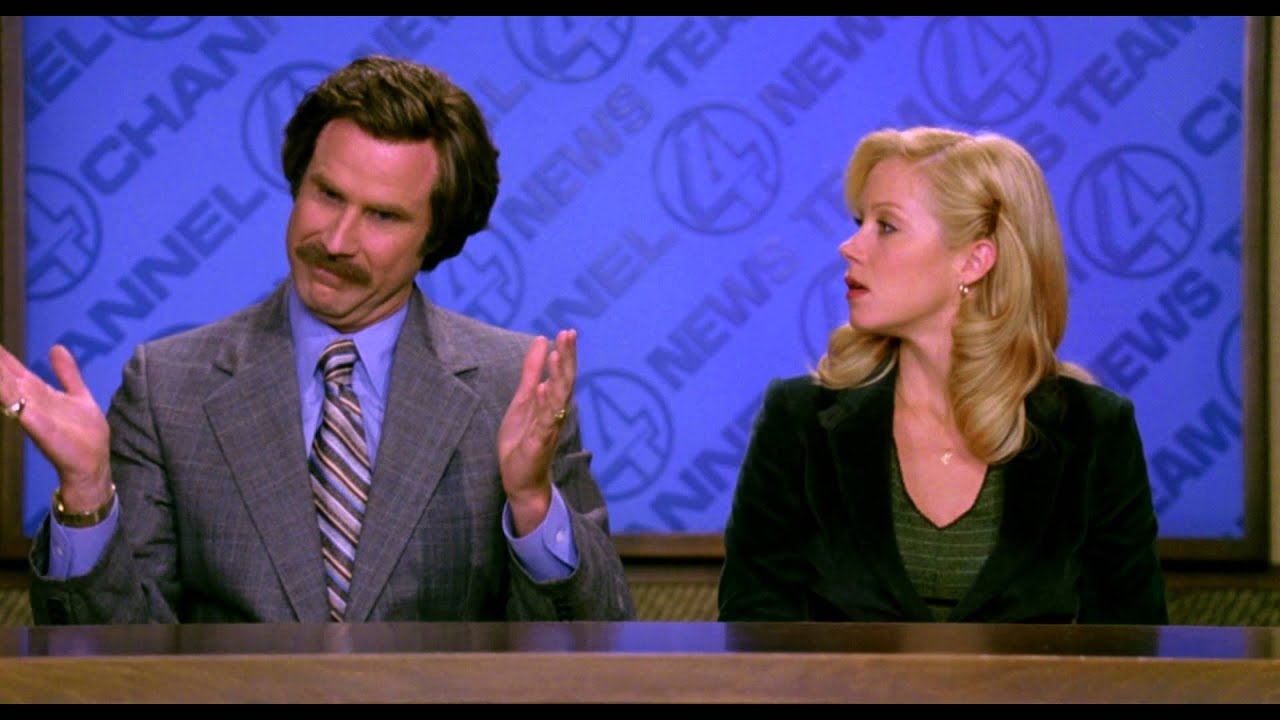
Powerful Synthesis: The Multifaceted Role of Today’s Anchorman
Today’s anchorman is far from a one-dimensional news deliverer. They’re entertainers, analysts, and compassionate voices all rolled into one. By weaving humor and emotional intelligence into their broadcasts, they engage audiences in a broader conversation about truth and relevance in news.
As they face the challenge of maintaining journalistic standards while being expected to be relatable and authentic, these professionals are at the forefront of a changing landscape. The role of the anchorman continues to evolve, adapting to viewer expectations while addressing the critical issues of our time.
In this unchartered territory, they’ll redefine what it means to be an anchorman in the next decade. They’ll shape the narratives of societal consciousness, proving that every broadcast can provide not just news but also a thoughtful reflection of our shared experiences. So here’s to the anchormen: as they move forward, let’s see how they continue to reshape the world of television news.
Anchorman: Insights into the World of Television News
The Evolution of the Anchorman
Did you know the term “anchorman” didn’t pop onto the scene until the late 1960s? Originally, news broadcasts featured reporters on-site who’d present the news live, much like how you’d expect an artist like Slim Shady to drop a surprise album. A key pivot happened with Cbs Sunday Morning, which blended in-depth reporting with a more relaxed format, ultimately influencing our expectations of television news. It’s fascinating how a single program can shift the entire vibe of a genre!
Shifting gears a bit, the role of an anchorman isn’t just about relaying news; it’s a balancing act of authority and charisma. Just like the titular character in Hellboy: The Crooked Man, anchormen face unusual challenges and mysteries on a daily basis. The ability to deliver news with a sense of humor — or even a bit of flair like in Saturday Night Fever — has become a key trait in modern journalism. Anchormen often need to read between the lines, just as we might when solving Adivinanzas para Ninos for an afternoon fun session.
Unique Anchorman Trivia
Here’s a fun tidbit: Many famous anchors started their careers in less glamorous settings, including local stations. Some even worked in places like the Multnomah County jail, highlighting how grit and determination can pave the way to success. Anchormen are often seen as incredibly polished, but behind the scenes, they’ve usually got some wild stories that could rival even the most outlandish superhero escapes.
Ever wonder if some characters inspire anchormen or vice versa? A beloved animated tale like Tanjiro shows how every hero, including a news anchor, must show resilience. It’s this blend of character and storytelling that captivates audiences. Lastly, don’t forget about the personal lives of these anchors; they might surprise you! Jamie Lee Curtis, for example, has dabbled in various projects, showcasing how versatility isn’t just limited to acting — it’s a shared trait among many successful professionals.
With their entertaining falters, relatable tales, and sometimes a bit of chaos, anchormen are more than just newsreaders; they’re storytellers in their right.
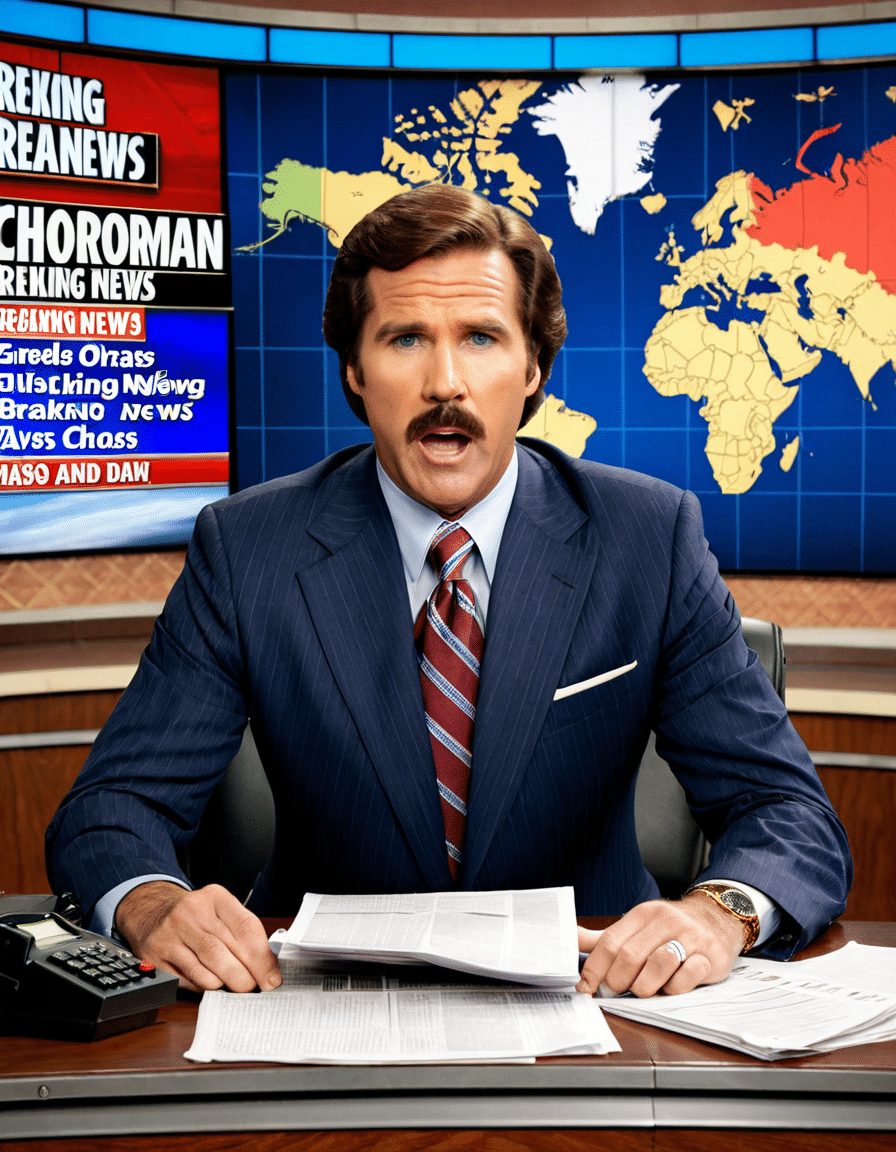
Was Anchorman based on a true story?
No, “Anchorman” isn’t based on a true story, but it captures the goofy spirit of local news during the ’70s and ’80s, using humorous exaggerations of the industry.
What does “anchorman” mean in slang?
In slang, “anchorman” refers to the main news presenter on a broadcast, often seen as the face of the news team, blending seriousness with a touch of charisma.
Why is Steve Carell not in Anchorman 2?
Steve Carell didn’t reprise his role in “Anchorman 2” because he was busy with other projects and felt more excited about exploring new opportunities in his career.
What was Ron Burgundy’s famous line?
Ron Burgundy’s famous line is “I’m kind of a big deal,” which perfectly sums up his over-the-top personality and love for attention.
Who was Ron Burgundy modeled after?
Ron Burgundy was loosely modeled after several charismatic news figures from the past, including real-life anchor Mort Crim, capturing the essence of a certain era in news broadcasting.
Can Will Ferrell play the flute?
Yes, Will Ferrell can play the flute; he actually showcases this talent in “Anchorman,” adding a fun twist to his character.
What is a Pringle slang?
In slang, a “Pringle” refers to a person who’s trying to impress others or be cool but might be a bit out of their depth, kind of like the snack that’s uniquely round and memorable.
What does an anchorman do?
An anchorman presents the news on television, acting as the primary news reader and often leading discussions and interviews during the broadcast.
What does it mean when someone calls you a Stewart?
When someone calls you a Stewart, it usually means they see you as reliable, often referring to a character who’s steady and dependable, like a good friend who’s always there.
Why was John C Reilly not in Anchorman?
John C. Reilly wasn’t in “Anchorman” because his part was originally written for another character who didn’t make it into the final film.
Did Will Ferrell replace Steve Carell?
Will Ferrell didn’t replace Steve Carell; instead, they played different characters in the film, with Ferrell as Ron Burgundy and Carell as Brick Tamland.
Why did Adam McKay and Will Ferrell split?
Adam McKay and Will Ferrell split creatively to pursue different projects, wanting to explore new directions in their careers while still respecting each other’s work.
What lines were improvised in Anchorman?
Many lines in “Anchorman” were improvised, showcasing the comedic talent of the cast and adding an unpredictable flair to the movie.
What is the most famous line of all time?
The most famous line of all time is subjective, but “I love you 3000” from “Avengers: Endgame” has become a modern classic, resonating with many fans.
Will there be an Anchorman 3?
As of now, there’s no official word on an “Anchorman 3,” but fans are hopeful for more from Ron Burgundy in the future.
What parts of anchorman are true?
While “Anchorman” itself isn’t a true story, it does draw on the real dynamics and odd behaviors found in local newsrooms from that era.
Why did Adam McKay and Will Ferrell split?
Adam McKay and Will Ferrell parted ways to allow each of them to explore new ventures, focusing on their own creative visions outside of their established partnership.
Is Ron Burgundy based on Mort Crim?
Yes, Ron Burgundy was inspired in part by Mort Crim, a well-known news anchor who contributed to the look and feel of the character.
Who is Veronica Corningstone based on?
Veronica Corningstone is believed to be based on strong female figures in journalism, often reflecting the challenges women faced in a male-dominated industry during that time.

